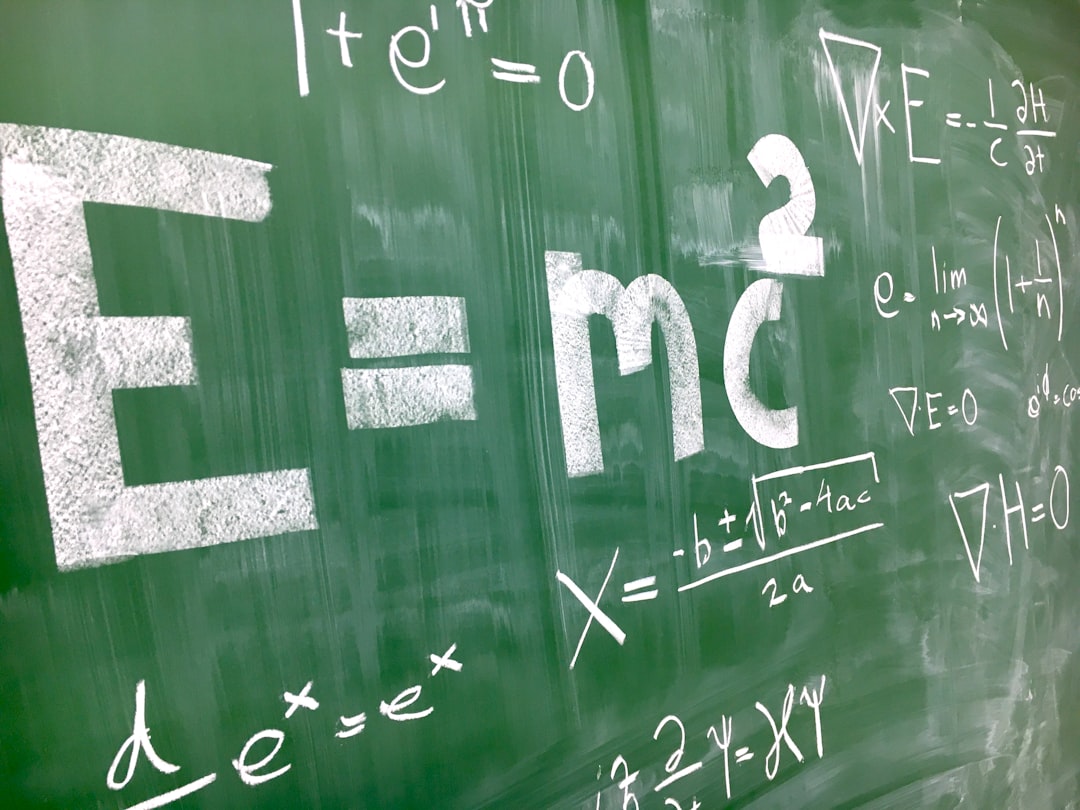Iron stars represent one of the most intriguing phenomena in the cosmos, captivating the attention of astronomers and astrophysicists alike. These celestial bodies, primarily composed of iron, emerge from the complex processes of stellar evolution and play a significant role in our understanding of the universe. Unlike typical stars that primarily consist of hydrogen and helium, iron stars challenge conventional notions of stellar composition and lifecycle.
Their existence raises profound questions about the nature of matter in extreme environments and the ultimate fate of stars as they exhaust their nuclear fuel. The study of iron stars not only enhances the comprehension of stellar evolution but also sheds light on the fundamental processes that govern the universe.
The exploration of iron stars is a journey into the heart of stellar dynamics, revealing the intricate balance between gravity, nuclear forces, and thermodynamics that dictates the life and death of stars.
Key Takeaways
- Iron stars are theoretical objects that could form in the distant future when normal stars exhaust their nuclear fuel and collapse into a solid mass of iron.
- The formation of iron stars is predicted to occur after the universe has expanded and cooled significantly, leaving only iron and other heavy elements as the remaining stellar fuel.
- Iron stars are hypothesized to have a core made entirely of iron, surrounded by a layer of degenerate electron gas and a thin atmosphere of iron gas.
- The physics behind iron stars involves the collapse of a massive star’s core under its own gravity, leading to the fusion of lighter elements into heavier ones until iron is produced, triggering the star’s collapse.
- Iron plays a crucial role in stellar evolution, as it is the element that signals the end of a star’s life and the beginning of its collapse into a potential iron star.
The Formation of Iron Stars
The formation of iron stars is a complex process that begins with the life cycle of massive stars. When a star exhausts its hydrogen fuel, it undergoes a series of nuclear fusion reactions, progressively fusing heavier elements until it reaches iron. This stage is critical because iron represents a dead end for fusion; fusing iron does not release energy but instead consumes it.
Consequently, when a massive star’s core becomes predominantly iron, it can no longer sustain the outward pressure needed to counteract gravitational collapse. As the core collapses under its own weight, it triggers a supernova explosion, ejecting the outer layers of the star into space. What remains is an incredibly dense core composed mainly of iron and other heavy elements.
In some cases, this remnant can become an iron star, characterized by its unique composition and structure. The conditions during this formation process are extreme, leading to fascinating physical phenomena that challenge our understanding of stellar dynamics.
The Composition and Structure of Iron Stars

Iron stars are primarily composed of iron, but their structure can also include traces of other heavy elements such as nickel and cobalt. The density of these stars is staggering; they can be several times denser than typical neutron stars, making them some of the densest objects in the universe. This extraordinary density results from the gravitational collapse that occurs during their formation, where matter is compressed to an extent that defies ordinary experience.
The internal structure of an iron star is characterized by a solid core surrounded by a layer of liquid iron. This unique arrangement arises from the extreme pressures and temperatures present within these stars. The solid core is thought to be composed of crystalline iron, while the outer layers may exhibit fluid dynamics influenced by magnetic fields and rotational forces.
The Physics Behind Iron Stars
| Aspect | Details |
|---|---|
| Temperature | Approximately 2,800 degrees Celsius |
| Composition | Primarily consists of iron |
| Formation | Occurs in the cores of massive stars during supernova explosions |
| Density | Extremely high, with a density similar to that of a neutron star |
| Size | Relatively small, with a radius of about 30 kilometers |
The physics governing iron stars involves a complex interplay between gravity, pressure, and temperature. As these stars form from the remnants of supernova explosions, they experience immense gravitational forces that compress their material to extraordinary densities. This compression leads to unique physical states that are not observed in less dense celestial bodies.
The equations governing stellar dynamics become increasingly intricate as researchers attempt to model these conditions accurately. One significant aspect of iron stars is their potential to exhibit unusual magnetic properties due to their high density and composition. The behavior of electrons in such extreme environments can lead to phenomena like magnetism that are not fully understood.
Additionally, the thermal dynamics within an iron star can result in unique energy transfer mechanisms that differ from those in more conventional stars. These physical principles are at the forefront of research as scientists strive to unravel the mysteries surrounding these enigmatic objects.
The Role of Iron in Stellar Evolution
Iron plays a pivotal role in stellar evolution, serving as both a product and a catalyst for various processes throughout a star’s life cycle. As stars evolve and fuse heavier elements, they ultimately reach a point where iron becomes the primary product of nuclear fusion. This transition marks a critical juncture in a star’s life; once iron accumulates in the core, fusion ceases to be energetically favorable, leading to catastrophic consequences.
The presence of iron in a star’s core signifies impending collapse and subsequent supernova events. This process not only contributes to the formation of iron stars but also enriches the interstellar medium with heavy elements essential for planet formation and life as we know it. Thus, iron serves as both an endpoint in stellar evolution and a building block for future generations of stars and planets, highlighting its significance in the cosmic cycle.
The Properties of Iron Stars

Iron stars possess several distinctive properties that set them apart from other celestial bodies. Their extraordinary density results in gravitational fields that are significantly stronger than those found in typical stars. This intense gravity affects their rotational dynamics, leading to rapid spins that can produce powerful magnetic fields.
These magnetic fields may influence surrounding matter, creating complex interactions with nearby celestial objects. Moreover, iron stars may exhibit unique thermal characteristics due to their composition and structure. The heat generated from gravitational compression can lead to high temperatures within their cores, affecting their luminosity and energy output.
Understanding these properties is essential for astrophysicists as they seek to classify iron stars within the broader context of stellar evolution and dynamics.
The Significance of Iron Stars in Astrophysics
Iron stars hold considerable significance in astrophysics due to their role as laboratories for studying extreme physical conditions. By examining these objects, researchers can gain insights into fundamental questions about matter under extreme pressure and temperature. The study of iron stars also contributes to our understanding of supernova mechanics and the processes that govern stellar death.
Furthermore, iron stars may provide clues about the formation and evolution of galaxies. As they eject heavy elements into the interstellar medium during supernova events, they contribute to the chemical enrichment necessary for subsequent star formation. This process plays a crucial role in shaping the composition and structure of galaxies over cosmic time scales.
Observing and Studying Iron Stars
Observing iron stars presents unique challenges due to their rarity and extreme conditions. Traditional telescopes may struggle to detect these objects directly; however, advancements in observational technology have opened new avenues for studying them indirectly. Researchers often rely on data from gravitational wave observatories or high-energy astrophysics missions to gather information about these enigmatic stars.
Spectroscopy is another valuable tool used to analyze the light emitted by iron stars or their remnants. By studying spectral lines associated with iron and other heavy elements, scientists can infer properties such as temperature, density, and chemical composition. These observations contribute to a growing database that enhances our understanding of iron stars and their place within the cosmos.
The Future of Iron Star Research
The future of iron star research holds great promise as technological advancements continue to enhance observational capabilities. Upcoming space missions equipped with sophisticated instruments will allow astronomers to probe deeper into the mysteries surrounding these celestial bodies. As more data becomes available, researchers will refine existing models and develop new theories to explain the behavior and characteristics of iron stars.
Moreover, interdisciplinary collaboration between astrophysicists, chemists, and materials scientists may yield breakthroughs in understanding matter under extreme conditions. By combining expertise from various fields, scientists can develop comprehensive models that account for the complexities associated with iron stars and their formation processes.
The Implications of Iron Stars in Cosmology
Iron stars have profound implications for cosmology as they contribute to our understanding of the universe’s evolution. Their role in enriching the interstellar medium with heavy elements is crucial for galaxy formation and development. As researchers study these objects, they gain insights into how matter has evolved over cosmic time scales and how it influences the formation of structures within the universe.
Additionally, understanding iron stars may provide clues about dark matter and dark energy—two enigmatic components that dominate our universe yet remain poorly understood. By exploring how iron stars interact with their surroundings, scientists may uncover new pathways for investigating these fundamental mysteries.
The Mysteries and Marvels of Iron Stars
In conclusion, iron stars represent a fascinating intersection between stellar evolution and fundamental physics. Their unique composition, formation processes, and properties challenge existing paradigms in astrophysics while offering new avenues for exploration. As researchers continue to unravel the mysteries surrounding these celestial bodies, they contribute to a deeper understanding of not only iron stars themselves but also the broader cosmos.
The study of iron stars exemplifies humanity’s quest for knowledge about the universe’s origins and its intricate workings. With each discovery made about these enigmatic objects, scientists inch closer to answering profound questions about matter, energy, and the very fabric of reality itself. As technology advances and observational techniques improve, the marvels of iron stars will undoubtedly continue to captivate astronomers for generations to come.
Iron stars, also known as iron-core stars, are fascinating objects in astrophysics that represent the final stage of stellar evolution for massive stars. These stars are primarily composed of iron and are theorized to have unique properties due to their dense cores. For a deeper understanding of the physics behind iron stars and their implications in the universe, you can explore a related article on this topic at Freaky Science. This resource provides insights into the lifecycle of stars and the processes that lead to the formation of iron stars.
WATCH THIS! The Universe Will Die In Silence. This Is The Googol Year Timeline.
FAQs
What are iron stars in physics?
Iron stars are hypothetical objects that are thought to be the final stage in the evolution of a white dwarf star. They are theorized to form when a white dwarf star has cooled and crystallized into a solid mass of iron.
What is the process of forming an iron star?
The process of forming an iron star begins with the evolution of a massive star, which eventually collapses and explodes in a supernova. The remaining core of the star then becomes a white dwarf, which slowly cools and solidifies into a mass of iron over billions of years.
What are the characteristics of iron stars?
Iron stars are thought to be extremely dense and compact, with a mass similar to that of the Sun but compressed into a much smaller volume. They are also believed to be incredibly stable and long-lived, potentially existing for trillions of years.
What is the significance of iron stars in astrophysics?
Iron stars are significant in astrophysics because they represent a potential end state for the evolution of stars. Studying the properties and behavior of iron stars can provide valuable insights into the fundamental processes of stellar evolution and the ultimate fate of stars in the universe.
